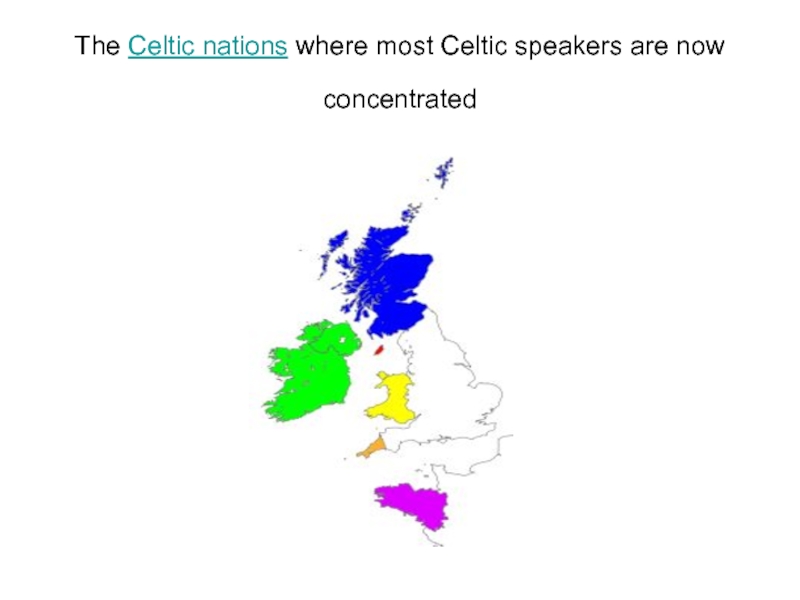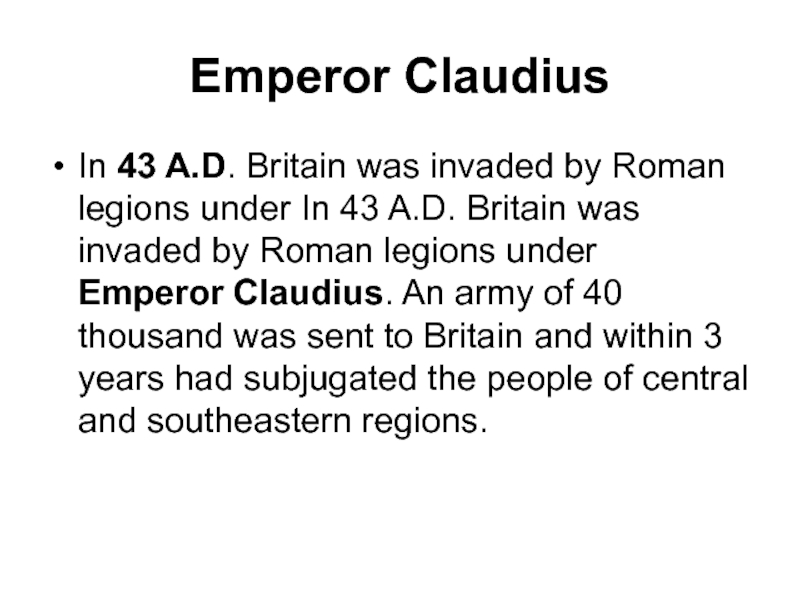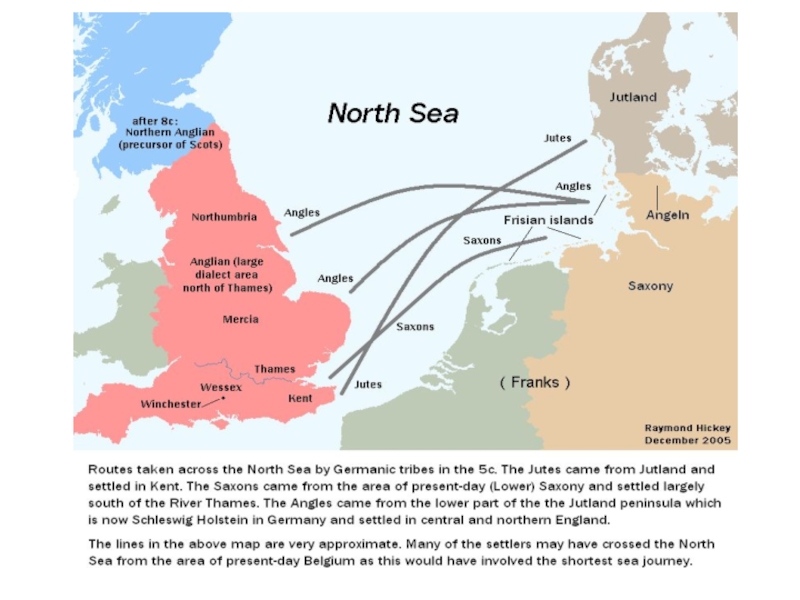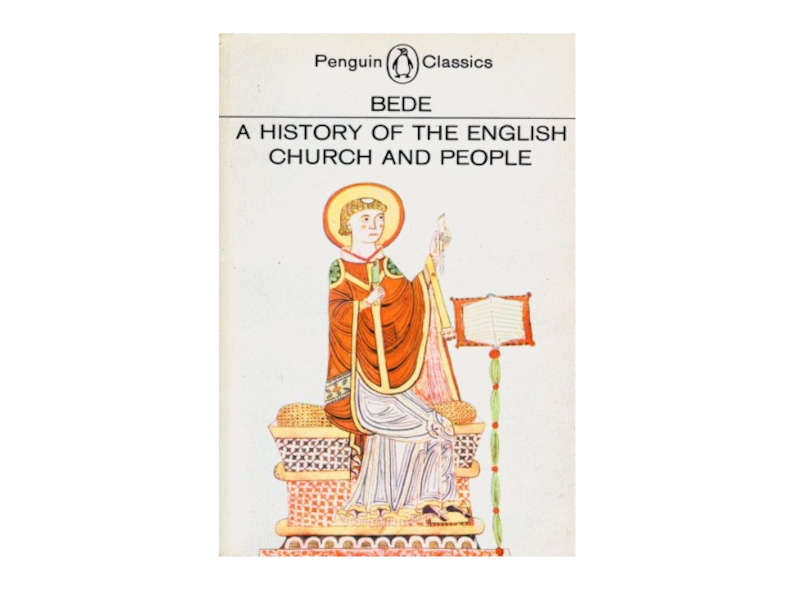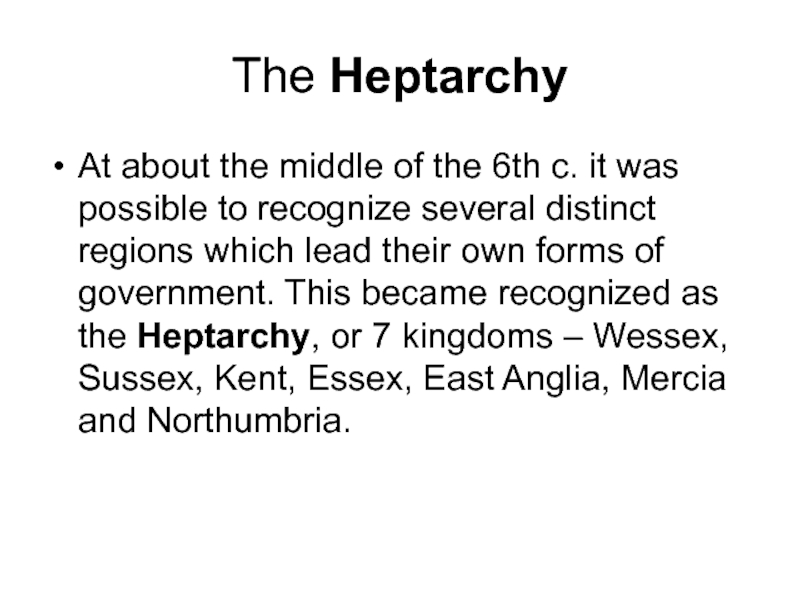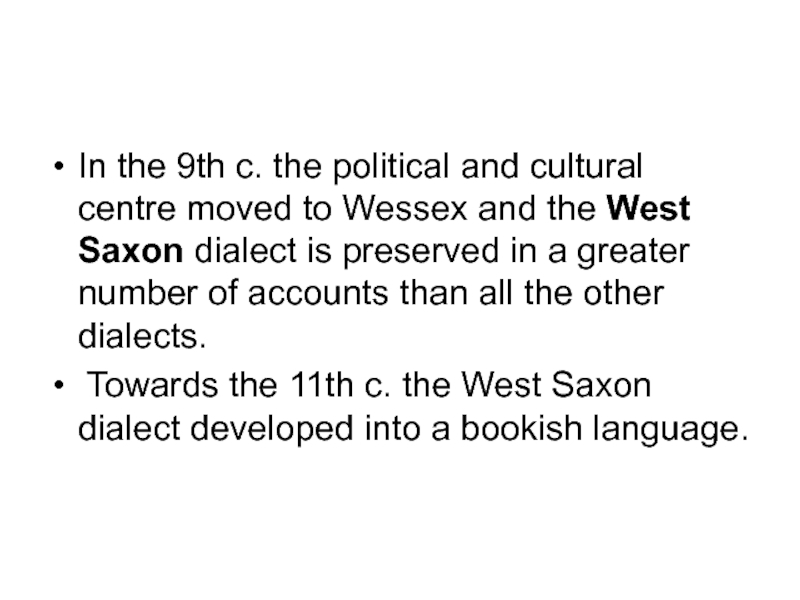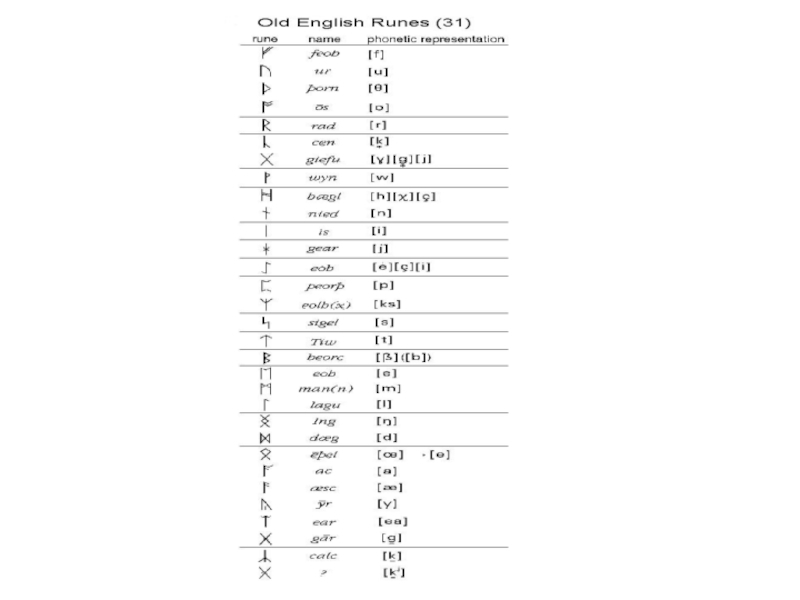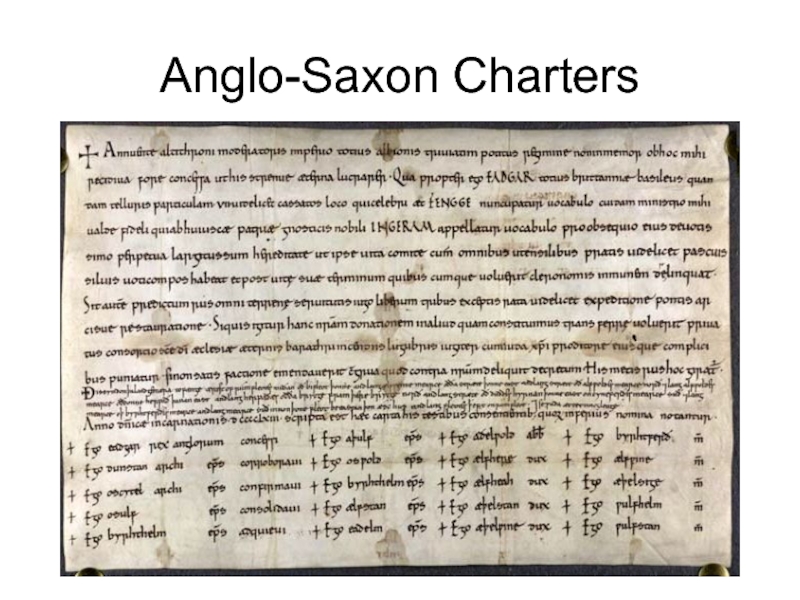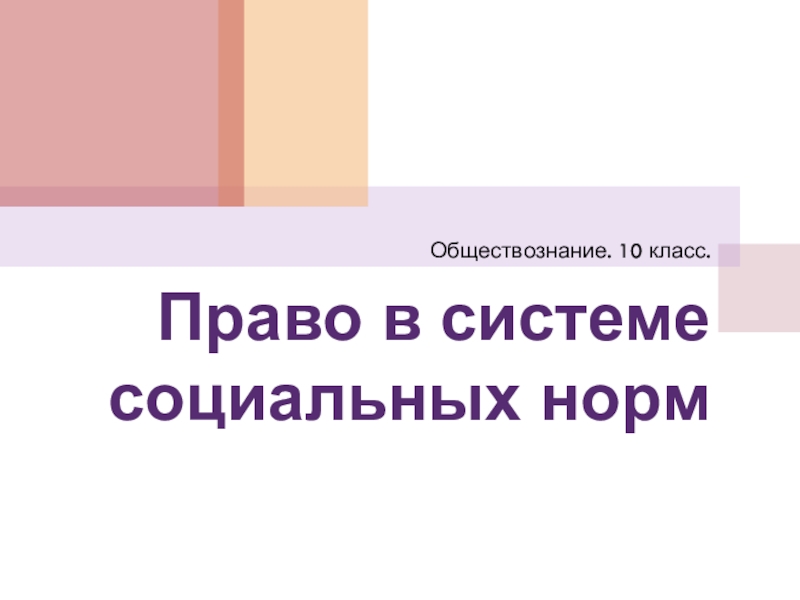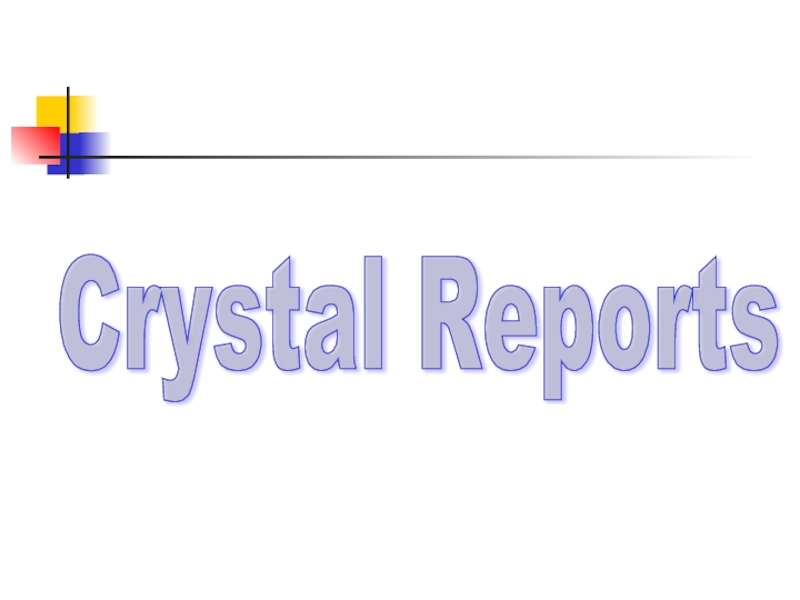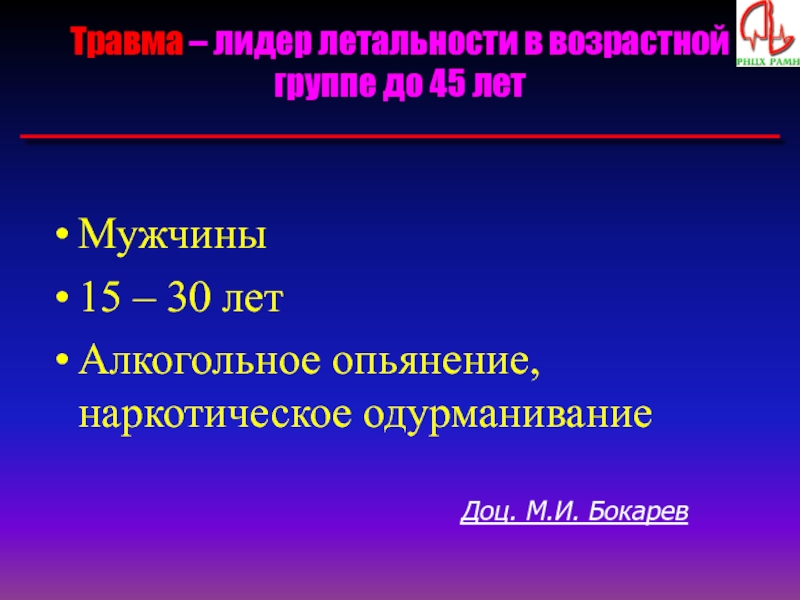Разделы презентаций
- Разное
- Английский язык
- Астрономия
- Алгебра
- Биология
- География
- Геометрия
- Детские презентации
- Информатика
- История
- Литература
- Математика
- Медицина
- Менеджмент
- Музыка
- МХК
- Немецкий язык
- ОБЖ
- Обществознание
- Окружающий мир
- Педагогика
- Русский язык
- Технология
- Физика
- Философия
- Химия
- Шаблоны, картинки для презентаций
- Экология
- Экономика
- Юриспруденция
Old English: Historical Background
Содержание
- 1. Old English: Historical Background
- 2. the PictsPictish is the language of the
- 3. The term Scoti is later used for
- 4. In the sixth century, Christianity was introduced
- 5. The CeltsThe first millennium B.C. was the
- 6. Celtic Houses
- 7. CELTS
- 8. The Gaelic branch survived as Irish in
- 9. The Britonnic branch is represented by Kymric
- 10. Celtic Languages Language
- 11. The Celtic nations where most Celtic speakers are now concentrated
- 12. ToponymyThe major impact of the Celtic language
- 13. Roman BritainJulius Caesar made two raids on
- 14. The expedition of 55 B.C. ended disastrously
- 15. Julius CaesarThe following summer he again invaded
- 16. Emperor ClaudiusIn 43 A.D. Britain was invaded
- 17. UprisingA serious uprising of the Celts occurred
- 18. Слайд 18
- 19. Слайд 19
- 20. The district of south was under Roman
- 21. The houses were equipped with heating apparatus
- 22. The upper classes and the townspeople in
- 23. The Use of the Latin language A
- 24. On the whole, there were certainly many
- 25. The end of the Roman occupationThe Roman
- 26. Слайд 26
- 27. Germanic Settlement of BritainThe 5th century is
- 28. Слайд 28
- 29. The English historian Bede (673-735) recorded those
- 30. Слайд 30
- 31. Bede reported that the Saxons were invited
- 32. that the Angles occupied the Midlands and
- 33. Kent and the Isle of Wight with
- 34. The HeptarchyAt about the middle of the
- 35. It is these 7 kingdoms which provide
- 36. Слайд 36
- 37. “England” and “English” The Celts called their
- 38. Writers in the vernacular never call their
- 39. From about the year 1000 Englaland (land
- 40. Old English DialectsThe Germanic tribes that settled
- 41. But at the early stages of their
- 42. The main four dialects were:Kentish, spoken in
- 43. West Saxon, spoken in the rest of
- 44. Mercian, spoken in the kingdom of Mercia
- 45. Слайд 45
- 46. The boundaries between the dialects were not
- 47. In the 9th c. the political and
- 48. Anglo-Saxon Invasion
- 49. Saxon House
- 50. Old English Dialects
- 51. Old English Written AccountsOutline Runic AccountsOld English Manuscripts
- 52. The earliest written records in English are
- 53. Futhark
- 54. Слайд 54
- 55. Слайд 55
- 56. Futhark In some inscriptions the runes were
- 57. Runic inscriptionsThe two best known runic inscriptions
- 58. The Runic Casket is made of whale
- 59. Feoh byth frofur fira gehwylcum or: money makes the world go roundFront Side
- 60. Rad byth on recyde ... Or:
- 61. Tyr bith tacna sum, healdeth trywa wel
- 62. Haegl byth the hwitust corna Or:
- 63. Of Valhalla and the Final Battle
- 64. Ruthwell Cross in Churchyard, ca. 1880
- 65. The cross originally stood near the present
- 66. Ruthwell Church
- 67. The Ruthwell Cross
- 68. The cross is richly decorated with Christian
- 69. Detail showing the intricate Celtic influenced carving
- 70. The impressive eighteen feet high cross continues
- 71. The figure of Christ dominates the
- 72. Old English Manuscripts Compared with other West
- 73. Writing was mostly in Latin. Sermons could
- 74. Names of English places and people had
- 75. Anglo-Saxon Charters Many documents survived: various
- 76. Anglo-Saxon Charters
- 77. Bede’s Historia Ecclesiastica Gentis Anglorum was written
- 78. Bede's Death Song in OE
- 79. Bede's Death Song in ModE
- 80. “Beowulf”The greatest poem of the time is
- 81. The First Page of “Beowulf”
- 82. Anglo-Saxon ChroniclesThe earliest samples of continuous prose
- 83. Literary proseLiterary prose appeared in the 9th
- 84. Скачать презентанцию
the PictsPictish is the language of the people known as the Picts. The first reference to them is made in 297 AD together with the Hiberni, both mentioned as enemies of
Слайды и текст этой презентации
Слайд 1Old English: Historical Background
Pre-Germanic Britain
-- Picts
Celts
Roman Britain
Germanic Settlement
of Britain
Слайд 2the Picts
Pictish is the language of the people known as
the Picts. The first reference to them is made in
297 AD together with the Hiberni, both mentioned as enemies of the Britanni and the Celts of southern Britain.Слайд 3The term Scoti is later used for Hiberni, this giving
us modern Scotland, Scottish, etc.
If the term is taken
to denote all the people north of the Clyde and Forth then the Picti refer to two distinct groupings, one Celtic and the other non-CelticСлайд 4In the sixth century, Christianity was introduced from the West
of Scotland, the Their language survived.
But in the ninth century
with the arrival of the first Scandinavians the Pictish empire was practically destroyed and the people, driven out of the area, killed or assimilated by Scandinavians.Слайд 5The Celts
The first millennium B.C. was the period of Celtic
migrations and expansion. Traces of their civilization can be found
all over Europe. Celtic languages were spoken over extensive parts of Europe before our era. Later they were absorbed by other IE languages.Слайд 8
The Gaelic branch survived as Irish in Ireland. It also
expanded to Scotland as Scotch-Gaelic of the Highlands and is
still spoken by some people on the Isle of Man.Слайд 9The Britonnic branch is represented by Kymric or Welsh in
Modern Wales and by Breton or Armorican spoken in modern
France.Another Britonic dialect in Great Britain is Cornish. It was spoken until the end of the 18th century.
Слайд 10Celtic Languages
Language Area
Status
Welsh (Cymric) Wales
still spoken Cornish Cornwall extinct
Scots Gaelic Scotland still spoken
Manx Isle of Man still spoken
Irish Gaelic Ireland still spoken
Слайд 12Toponymy
The major impact of the Celtic language on English has
been through the names of places and rivers. Places such
as London, Winchester and rivers such as the Thames and Avon are wholly or partly of Celtic origin. Anyway Celtic has left little mark on English: quite apart from the vocabulary, there is little evidence of any influence on morphology, phonology or syntaxСлайд 13Roman Britain
Julius Caesar made two raids on Britain in 55
and 54 B.C.
Caesar attacked Britain for economic reasons: to obtain
tin, pearls and corn. He had some strategic reasons as well. The chief purpose was to discourage the Celts of Britain from coming to the assistance of Celts in Gaul. Слайд 14The expedition of 55 B.C. ended disastrously and his return
the following year was not a great success.
The resistance
of the Celts was unexpectedly spirited. Soon he returned to Gaul. The expedition had resulted in no material gain and some loss of prestige. Слайд 15Julius Caesar
The following summer he again invaded the island after
much more elaborate preparations. This time he succeeded in establishing
himself in the southeast. Julius Caesar exacted tribute from the Celts (which was never paid) and again returned to Gaul. Britain was not again troubled by Roman legions for nearly a hundred yearsСлайд 16Emperor Claudius
In 43 A.D. Britain was invaded by Roman legions
under In 43 A.D. Britain was invaded by Roman legions
under Emperor Claudius. An army of 40 thousand was sent to Britain and within 3 years had subjugated the people of central and southeastern regions.Слайд 17Uprising
A serious uprising of the Celts occurred in 61 A.D.
under Boudicca (Boadicea), the widow of one of the Celtic
chiefs. 70 thousand Romans and Romanized Britons were massacred. The Romans never penetrated far into the mountains of Wales and Scotland. They protected the northern boundary by a stone wall stretching across England.Слайд 20The district of south was under Roman rule for more
than 300 years. Britain was made a province of Roman
Empire. Many towns with mixed population grew and London was one of the most important trading centres of Roman Britain. Where the Romans lived and ruled, there Roman ways were found: great highways soon spread from London to the north, the northwest, the west and the southwest.Слайд 21The houses were equipped with heating apparatus and water supply,
their floors were paved in mosaic. Roman dress, Roman ornaments
and utensils were in general use.By the 3rd century Christianity had made some progress in the island.
Слайд 22The upper classes and the townspeople in the southern districts
were Romanized, but rural areas were less Romanized.
Population in
the north was little affected by the Roman occupation and remained Celtic both in language and custom Слайд 23The Use of the Latin language
A great number of
inscriptions have been found, all of them in Latin. The
majority of these were military or official class documents.Latin did not replace the Celtic language in Britain.
Слайд 24On the whole, there were certainly many people in Roman
Britain who habitually spoke Latin or upon occasion could use
it.But its use was not sufficiently widespread to cause it to survive, as the Celtic language survived.
Слайд 25The end of the Roman occupation
The Roman occupation lasted nearly
400 years.
It ended in the early 5th century.
In
410 A.D. the Roman troops were officially withdrawn to Rome. The Empire was collapsing due to internal and external causes.Слайд 27Germanic Settlement of Britain
The 5th century is the age of
increased Germanic expansion.
About the middle of the century several
West Germanic tribes invaded Britain and colonized the island by the end of the century. Слайд 29The English historian Bede (673-735) recorded those events in “Historia
Ecclesiastica Gentis Anglorum” (Ecclesiastical History of the English Nation). He
wrote that England was colonized by three Germanic tribes: Angles, Saxons and Jutes. Bede reported that the Saxons were invited by the Romanised British to help them fight against their enemies from the northСлайд 31Bede reported that the Saxons were invited by the Romanised
British to help them fight against their enemies from the
north.Having settled in the east of England the newcomers invited others of their tribes to settle there. It happened in 450 A.D. While there may be some elements of truth in this, Saxons have been plundering the east coast of England for many years. When the Roman armies were withdrawn in 410, Britain became more exposed to the attacks.Слайд 32that the Angles occupied the Midlands and north of the
country.
The Saxons settled all of Southern England except Kent
and parts of Hampshire and the Isle of Wight. Their name survives in various county and regional names, such as Sussex “South Saxons”, Wessex “West Saxons” and so on. Слайд 33
Kent and the Isle of Wight with parts of neighbouring
Hampshire were settled by the Jutes, though the dialect of
Kent is referred to as Kentish rather than Jutish.Слайд 34The Heptarchy
At about the middle of the 6th c. it
was possible to recognize several distinct regions which lead their
own forms of government. This became recognized as the Heptarchy, or 7 kingdoms – Wessex, Sussex, Kent, Essex, East Anglia, Mercia and Northumbria.Слайд 35It is these 7 kingdoms which provide the basic for
most dialect study of this period, though written remains are
not found until the beginning of the 8th c.Politically, no one of these kingdoms was able to achieve supremacy over the others.
Слайд 37“England” and “English”
The Celts called their Germanic conquerors Saxons
indiscriminately. The land was called Saxonia.
But soon the terms
Angli and Anglia occur besides Saxons and refer not to the Angles individually but to the West German tribes generally. Слайд 38Writers in the vernacular never call their language anything but
Englisc (English).
The word is derived from the name of
Angles (OE Engle). The land is called Angelcynn.Слайд 39From about the year 1000 Englaland (land of the Angles)
begins to take its place.
It is impossible to say
how much the speech of the Angles differed from that of the Saxons or that of the Jutes. The differences were certainly slight. Слайд 40Old English Dialects
The Germanic tribes that settled in Britain in
the 5th and 6th c. spoke closely related dialects belonging
to the West Germanic group.Eventually they began to use English.
Слайд 41But at the early stages of their development the dialects
remained disunited.
OE dialects acquired certain common features that distinguished
them from the continental Germanic languages. Слайд 42The main four dialects were:
Kentish, spoken in the area now
known as Kent and Surrey and in the Isle of
Wight. This dialect developed from the tongue of the Jutes and Frisians.Слайд 43West Saxon, spoken in the rest of England south the
Thames and the Bristol Channel, except Wales and Cornwall. There
Celtic dialects were preserved.Слайд 44Mercian, spoken in the kingdom of Mercia (the central region,
from the Thames to the Humber).
Northumbrian, spoken from the Humber
north to the river Forth.Слайд 46The boundaries between the dialects were not distinct and may
be movable. None of the dialect was dominant, they enjoyed
equality.By the 8th c. the centre of English culture had shifted to Northumbria and the Northumbrian dialect got more prominence.
Слайд 47In the 9th c. the political and cultural centre moved
to Wessex and the West Saxon dialect is preserved in
a greater number of accounts than all the other dialects.Towards the 11th c. the West Saxon dialect developed into a bookish language.
Слайд 52The earliest written records in English are inscriptions on hard
material made in runes.
The word “rune” originally meant “secret”,
“mystery”. Each character indicated a separate sound. Слайд 56Futhark
In some inscriptions the runes were arranged in a
fixed order making a sort of alphabet. It was called
futhark. The letters are angular, straight lines are preferred. This is due to the fact that runic inscriptions were cut on hard material: stone, bone or wood. The number of runes was from 28 to 33 (new sounds appeared).Слайд 57Runic inscriptions
The two best known runic inscriptions in England are:
1)
on a box called the “Franks Casket”
2) a short text
on a stone cross in Dumfriesshire near the village of Ruthwell known as the “Ruthwell Cross”. Both records are in the Northumbrian dialect.Слайд 58
The Runic Casket is made of whale bone. As for
the size of the plates, parts of the jaw have
been used. The measurements of the panels:Front and Back ~ 23 cm x 10.5 cm
the Sides ~ 19 cm x 10.5 cm
the Lid (remaining portion) ~ 22,5 cm x 8.5 cm
Franks Casket
Слайд 60Rad byth on recyde ... Or: On the road again
...
Left Side (a ride) seems easy to every warrior while
he is at home, and very courageous to him who traverses
the highroads on the back of a stout horse.
(Ags. Runic Poem)
Слайд 61Tyr bith tacna sum, healdeth trywa wel with aethelingas Or:
the winner takes it all
Back Side
Having procured his client divine
assistance at travel and war, the rune master now wants to provide victory, by which he gains dom, dignity, and along with it weorþ, a hero's highest goal in life, i.e.power and glory.Слайд 62Haegl byth the hwitust corna Or: How to die a
heroic death
Right Side
Erilaz has come up with emblematic pictures and
luck procuring inscriptions on three panels in order to procure wyrd, his client's destiny from birth to the peak of his earthly life. But this life is just one part of heroic existence.Слайд 63Of Valhalla and the Final Battle Or: Even gods can
fight in vain ...
The Lid
The rune master has provided a
perfect life from birth to death. But his assistance reaches beyond that border. The valkyrie has taken her human companion to Walhalla so that he has his seat among Woden's warriors. There he is preparing himself for the final battle (O.N. Ragnarök), a fight against the Frost Giant on the side of the gods, the aesir. And that is what this panel is about.Слайд 65The cross originally stood near the present church. In 1664
it was pulled down and smashed on the instructions of
the General Assembly of the Church of Scotland. In 1802 it was re-erected in the garden and in 1887 was moved to a specially built place in the church.Слайд 68The cross is richly decorated with Christian symbols. The two
faces are carved with a series of panels, each one
illustrating a scene from the Gospels and accompanied by a Latin text. The sides are carved with vine leaves and animals and around the border runs a runic inscription. This is part of the "Dream of the Rood", an Early English poem on the crucifixionСлайд 70The impressive eighteen feet high cross continues for two metres
behind the altar and below the floor level.
Слайд 71 The figure of Christ dominates the front of the
cross and He is dressed in the traditional post resurrection
manner; the figure prone before Him is possibly Mary Magdalen.Слайд 72Old English Manuscripts
Compared with other West Germanic peoples, the
Anglo-Saxons are exceptional in their early use of writing and
in the large amount of writing that survives.Writing in those times was very much the property of the church and written texts were largely produced in monastic scriptoria.
Слайд 73Writing was mostly in Latin. Sermons could be delivered orally
in English even if they were written down and survived
in their written form in Latin.But some writing in English was needed.
Слайд 74Names of English places and people had to be written
down.
Certain traditional features of Anglo-Saxon life, such as the
law, would need to reflect the language in which it had been handled down in traditional form to maintain ancient legal practices.Слайд 75Anglo-Saxon Charters
Many documents survived: various wills, grants, deals of
purchase, agreements, proceedings of church councils, laws.
They are known
as “Anglo-Saxon Charters”. Слайд 77Bede’s Historia Ecclesiastica Gentis Anglorum was written in Latin in
the 8th c. but it contains an English fragment of
5 lines known as “Bede’s Death Song” and a religious poem of nine lines “Caedmon’s Hymn”.Слайд 79Bede's Death Song in ModE
Before the
journey that awaits us all,
No man
becomes so wise that he has not Need to think out, before his going hence,
What judgment will be given to his soul
After his death, of evil or of good.
Слайд 80“Beowulf”
The greatest poem of the time is “Beowulf” (7th or
8th c.).
It was originally composed in the Mercian or
Northumbrian dialect, but has come down to us in a West Saxon copy (10th c.) The author is unknown.
Слайд 82Anglo-Saxon Chronicles
The earliest samples of continuous prose are Anglo-Saxon Chronicles.
These are brief account of the year’s happenings made at
various monasteries. Слайд 83Literary prose
Literary prose appeared in the 9th c. which witnessed
a flourishing of learning and literature during King Alfred’s reign.
King Alfred translated from Latin books on geography, history, philosophy.One of his most important contributions is Orosius’s World History.










